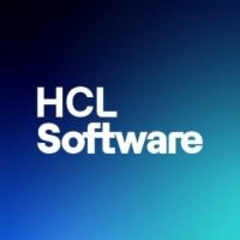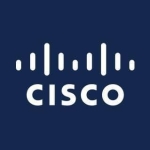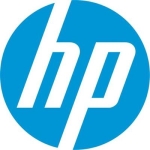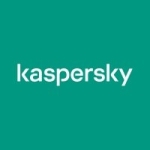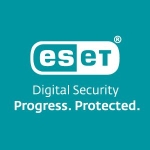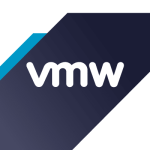I'm a long time user for endpoint management and now I do consulting so I design solutions for end customers.
It has improved my organization because we can automate a lot of tasks. We went from manually patching machines or doing our best and having very little visibility into it to us being able to "set it and forget it" and getting really good results on first-pass patching.
In addition, it has also helped us to reduce network traffic when it comes to downloading patches. It's very easy to throttle the network traffic, Instead of us taking down the network, downloading hundreds of patches, we're able to set a throttle, and then also spread it out over a period of time, which helps a lot.
It has helped to compress our patch cycles. In some cases, a hundred percent because in some areas, patching wasn't happening. We went from not patching to just automating it.
Finally, help desk calls have been reduced. We were able to look at help desk calls and find out which ones were most common and start automating that with BigFix. For some various organization, a quarter to half of our help desk calls were knocked out.
It's incredibly powerful and it's very extensible. Meaning, it's very easy for us to customize the platform to solve a number of different tasks for us.
We enjoy using peer-to-peer file transfers as a peering system for files. It provides built-in redundancy and we can control it all from the console, which is nice.
I would eventually like to see a SaaS offering, a cloud-hosted BigFix instance where we only have to put a relay in our environment.
Stability is incredible. A lot of times people will let it run forever without touching it because it just keeps going. Once you stand up the solution, there's very little that you have to do. Just the occasional update and that's it.
Scalability is awesome. For one, it supports around a quarter of a million endpoints, which is a lot. It's also very easy to stand up relays anywhere in the world. It's incredibly scalable.
Technical support is pretty good. I have never had any issues with support. Primarily, though, I go to the BigFix community which has been super helpful.
We initially switched because we had different solutions for all different platforms. We had one for MAC OS, we had one for Windows, and we weren't really using them that much so we were able to use it to manage all of them with a single tool instead of a bunch of different ones.
The initial setup is very easy.
BigFix is way better than SCCM. SCCM doesn't do MAC OS or Linux. It takes a lot of time to manage, it's a lot of work, there are all kinds of ports that you need to open, and it's just a pain to manage.
I would rate BigFix a nine out of ten because I really enjoy the tool but there's always room for improvement and there's always something to add. I've been really happy. There's a close-knit community. It's super easy to get help. They're always adding new features. I'm very happy with it.
I would advise someone considering this solution to try it out. Set up a demo, give it a shot, turn on some auto-patching, and then just watch as your organization self-heals.

